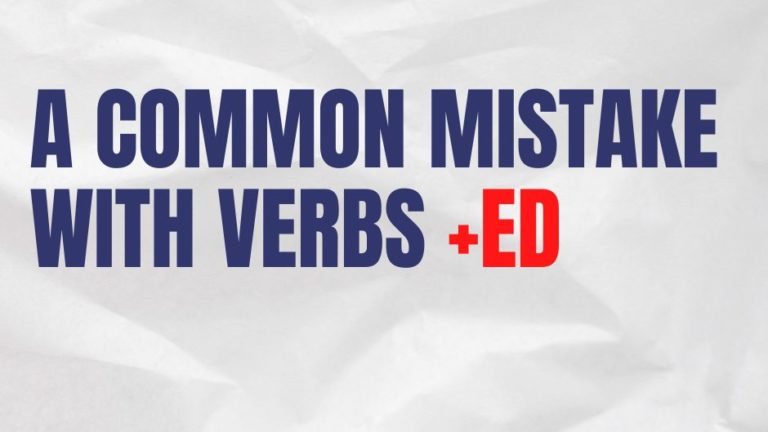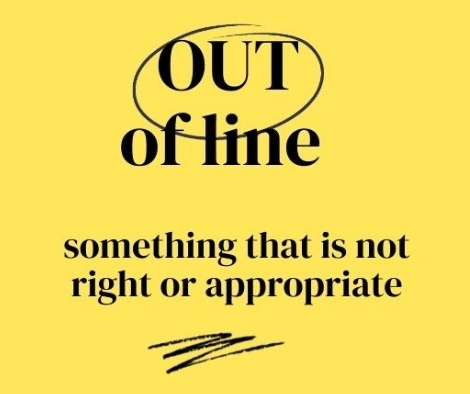As we know in the past tense regular verbs end with ED:
- work-worked
- dance-danced
Although sometimes it’s not clear how to pronounce this suffix.
Many students tend to pronounce -ED as ‘eed’ or ‘eet’. So, ‘worked’ sounds like ‘workeet’.
In reality, it’s pronounced as ‘ɪd’ only after T or D.
- ‘guided’ – /gaɪdɪd/
- ‘knitted’ /nɪtɪd/
In other cases, there’s no ‘ɪ’ and only ‘t’ or ‘d’ are pronounced.
1. If there’s a voiced sound before -ED, it’s pronounced as /d/.
- play → played /pleɪd/
- clean /kliːn/ → cleaned / kliːnd/
- call /kɑːl/ → called /kɑːld/
2. If there’s a voiceless sound before -ED, it’s pronounced as /t/.
- stop /stɑːp/ → stopped /stɑːpt/
- work /wɜrk/ → worked /wɜrkt/
Voiceless sounds are ch, f, k, p, s, sh, t, and th (as in ‘think’).
All the rest are voiced, including ng (as in ring), s (as in ‘cars’), th (as in ‘this’) and vowels (a, e, i, o, u).
Here’s a tutorial from pronunciation coach Hadar Shemesh, so you can listen to how to pronounce the words.
Hope it helps. Feel free to share your thoughts in the comments.
Need some extra help with your English speaking skills? Sign up for 1:1 classes here.
Resources:
Britannica: phonetics
Britannica: Pronunciation of -ed Endings on Verbs
Grammarly: What are Vowels






